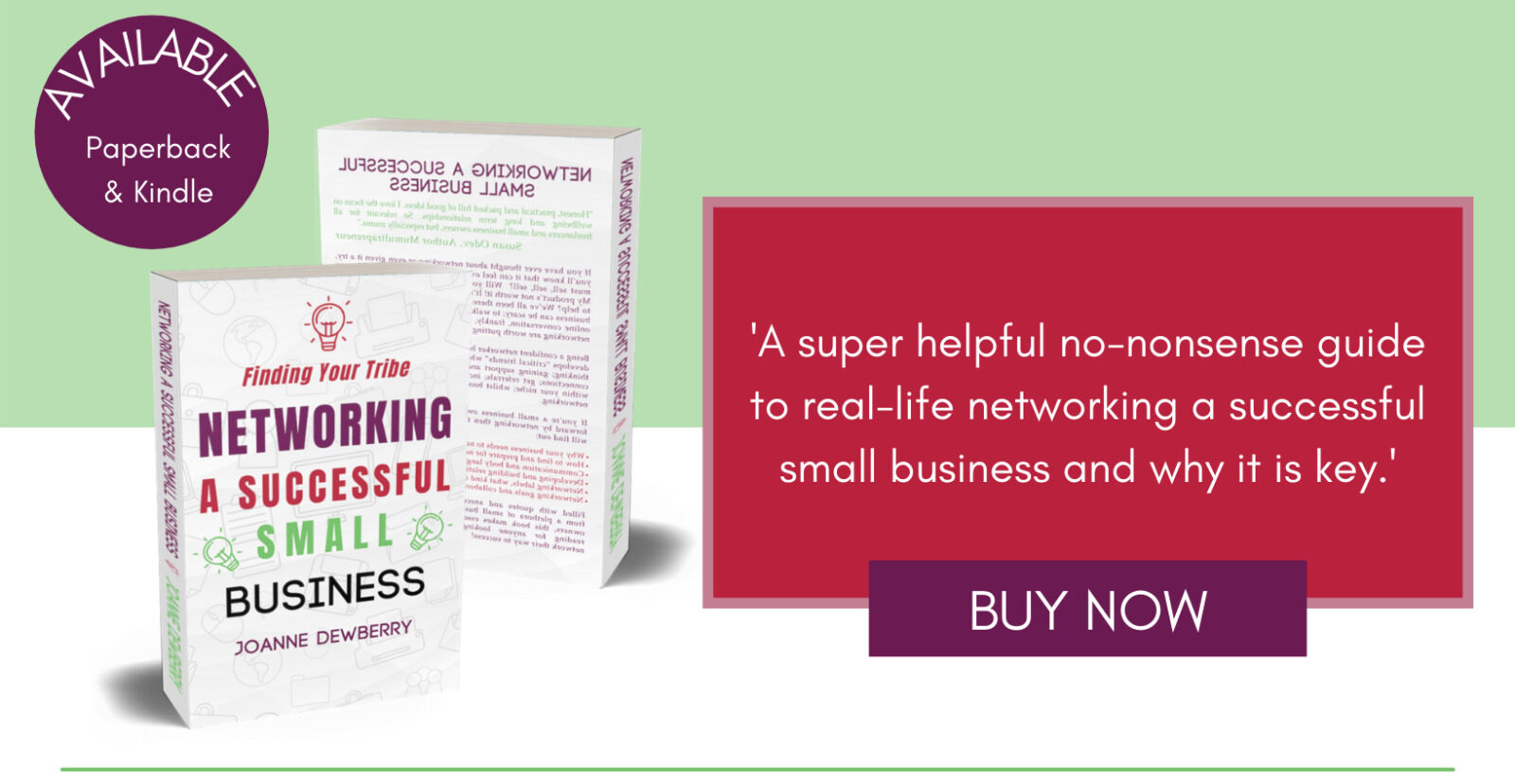Dealing with workplace stress is challenging for everyone involved – employees and companies alike. It makes people unhappy and tired, which means they can’t work as well or come up with good ideas. But there’s a silver lining: we have seven simple ways to help your team beat workplace stress and do their best.
How To Reduce Workplace Stress For Your Employees Embrace Controlled Chaos
Embrace Controlled Chaos
Chaos is not always suitable for the workplace, but controlled chaos can be what your employees need to blow off some steam from the daily grind. Set up a room or open space with brightly colored beanbags, splashes of paint, and upbeat music, creating a vibrant “controlled chaos zone.”
Human resource executives can set up brief, 15-minute bursts of unstructured activities like drawing, building with blocks, or playing board games.
Why it works: Taking breaks from decision-making can reduce workplace stress and spark creativity. Employees engage their right brain by stepping away from structured tasks, fostering divergent thinking and innovative problem-solving.
Actionable Tips
- Dedicate a space within the office for the controlled chaos zone
- Provide a variety of art supplies, games, and other unstructured activities
Themed Distraction Days
An employee’s day-to-day life can be monotonous. To break the monotony, organise themed days. For example, organize dance-off competitions, board game tournaments, or even “bring-your-pet-to-work” events. These fun distractions offer more than just amusement; they provide much-needed psychological breaks from the daily grind.
Why it works: Psychological detachment from work-related stressors is crucial for reducing stress and enhancing job satisfaction. Themed days offer a chance to laugh, connect with colleagues, and recharge mental batteries, leading to increased focus and productivity upon returning to work.
Actionable Tips
- Involve employees in choosing and planning themed days
- Encourage participation through team challenges and friendly competition
 Gamified Mindfulness
Gamified Mindfulness
Transform mindfulness from mundane routines into engaging activities with a gamified approach. Employees can earn points for completing short meditation exercises, participating in mindful walks, or simply expressing gratitude.
Why it works: Gamification leverages the power of competition and reward systems to boost motivation and engagement. By incorporating fun elements into mindfulness practices, employees are more likely to prioritize their mental well-being, leading to reduced stress, improved focus, and enhanced emotional regulation. You can also order custom trophies to commemorate the activities and excite your employees.
Actionable Tips
- Partner with mental health professionals or app developers to design a customized mindfulness app
- Offer challenges, leaderboards, and rewards to incentivize participation
Laughter Labs
Nothing cheers people up better than a good joke. Laughter truly is the best medicine, and workplaces can harness its therapeutic power through designated “laughter labs.” Equip these spaces with humorous movies, stand-up comedy recordings, joke books, and even board games focused on silliness.
Why it works: Laughter has strong stress-reducing effects, with benefits ranging from decreased stress hormones to more robust immune function. Shared laughter creates social bonds and a positive work environment and boosts overall well-being, leading to increased creativity and collaboration.
Actionable Tips
- Designate a comfortable and welcoming space for the laughter lab
- Encourage employees to share funny stories, jokes, and memes
Nature Immersion Breaks
Combat burnout by encouraging employees to reconnect with nature during designated “nature immersion breaks.” Whether it’s a 15-minute stroll through a nearby park, soaking up the sunshine on a rooftop garden, or simply taking a walk around the block, these breaks boost mental rejuvenation. Why it works: Drawing from attention restoration theory, nature immersion allows the mind to “soft focus,” allowing it to recharge and de-stress. Even brief exposures to nature improve cognitive function, reduce mental fatigue, and enhance creativity.
Why it works: Drawing from attention restoration theory, nature immersion allows the mind to “soft focus,” allowing it to recharge and de-stress. Even brief exposures to nature improve cognitive function, reduce mental fatigue, and enhance creativity.
Actionable Tips
- Partner with local parks or green spaces to offer guided nature walks or mindful outdoor activities
- Create an indoor nature retreat with plants, natural lighting, and calming sounds
Reverse Mentoring
Promote cross-generational collaboration and knowledge exchange through reverse mentoring initiatives. Pair senior employees with their junior counterparts, creating a two-way learning experience.
Why it works: Reverse mentoring offers numerous benefits. Senior employees gain fresh perspectives and insights from younger generations, while junior employees receive valuable guidance and mentorship. This creates a culture of continuous learning, strengthens purpose and belonging, and leads to increased innovation and reduced burnout across all levels.
Actionable Tips
- Conduct workshops or training sessions to prepare participants for successful reverse mentoring relationships
- Set clear objectives for mentors and mentees
“Unplug to Recharge” Days
Information overload is a constant threat to well-being and productivity. You can overcome this by implementing dedicated “unplug to recharge” days. Deactivate non-essential communication channels like email and instant messaging, allowing employees to focus on meaningful tasks without constant distractions.
Why it works: Constant notifications and information influx contribute to stress and decrease cognitive function. “Unplug to recharge” days provide much-needed breaks from digital distractions, enabling employees to focus deeply, recharge their mental batteries, and return to work with renewed energy and clarity.
Actionable Tips
- Communicate the purpose and rationale behind “unplug to recharge” days to gain employee buy-in
- Encourage team collaboration and communication on how to manage workload expectations during these days
Workplace stress often overshadows creativity and enjoyment. However, investing in employee happiness isn’t just benevolent; it’s savvy business. Leaders, employees, and the organisation must commit to learning and adapting. Start small, choose one strategy from this article, and see what happens. Watch as your team becomes more engaged, innovative, and resilient.
This post complies with my Disclosure Policy
Found this useful wondering how you can show me your appreciation? Well, there are some ways you can say thanks and support my website: ➡
